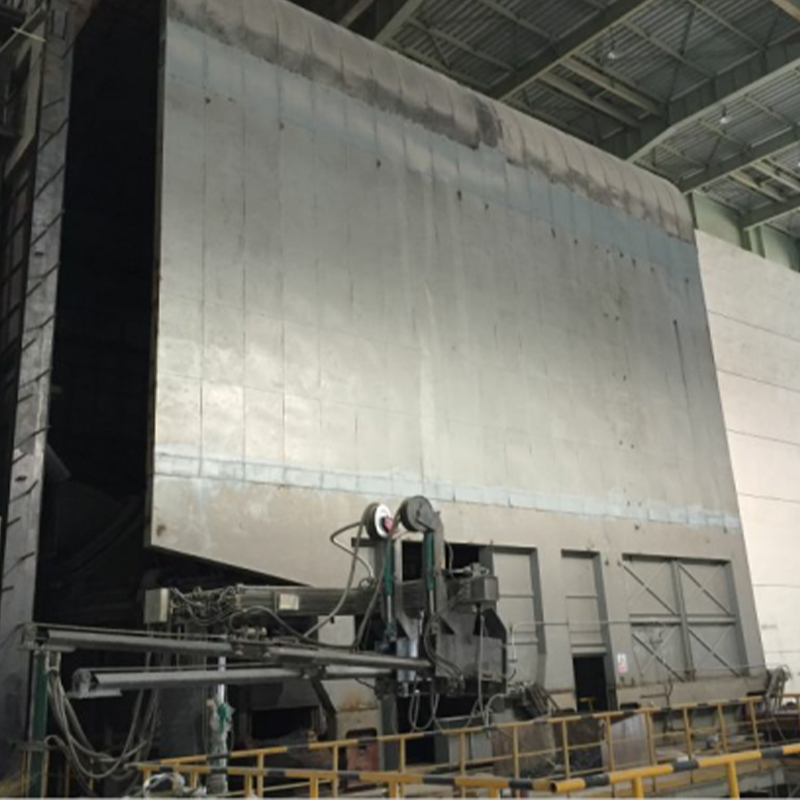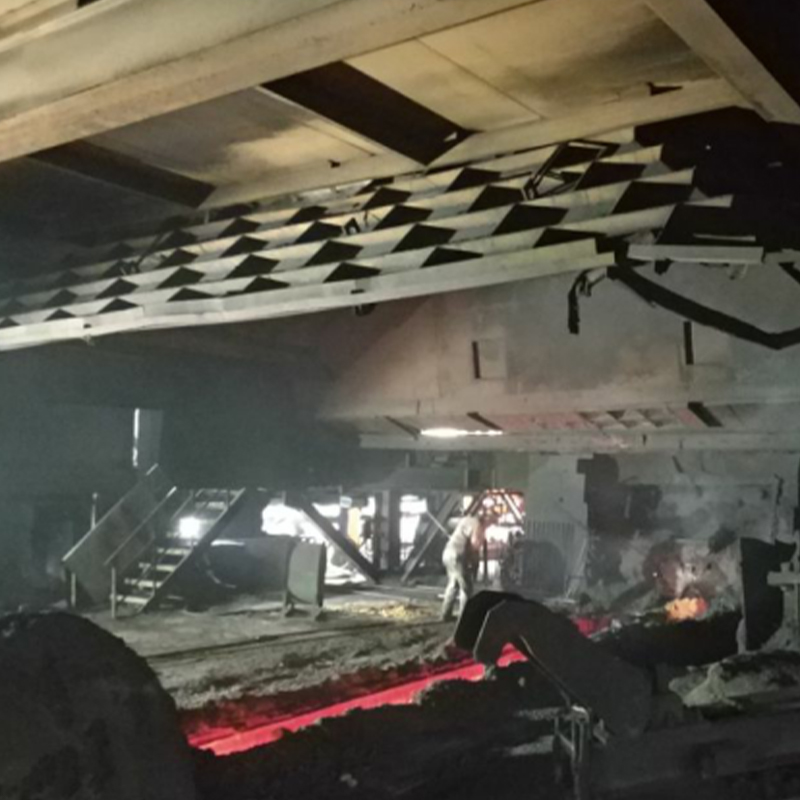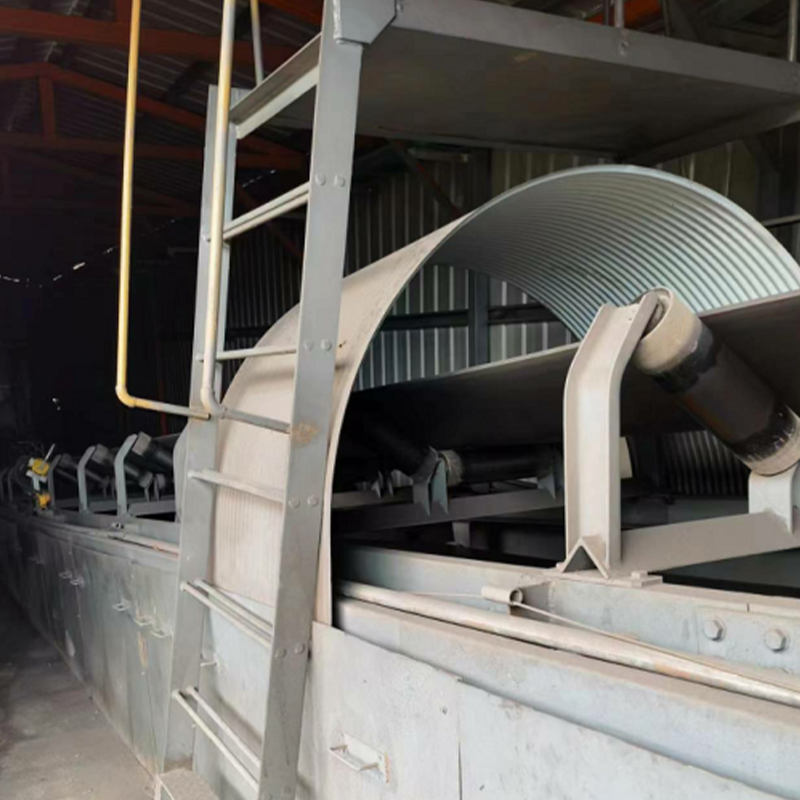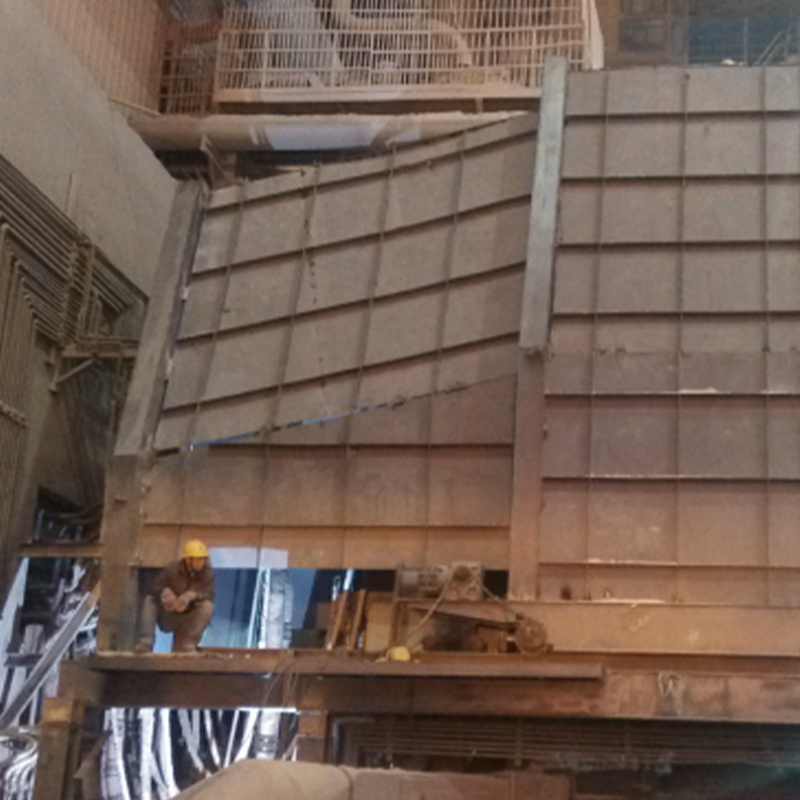Converter Front Capture Hood
CONTACT US-
How Do Modern Dust Control Systems Enhance Safety and Air Quality?
Introduction Industrial dust has long been a critical concern across sectors such as mining, construction, metal processing, and manufacturing. The inhalation of dust particles, particularly fine particulate matter, may lead to respiratory illnesses, reduced workforce efficiency,...
-
A Comprehensive Guide to Maintaining and Optimizing Dust Control Systems
Introduction In industrial operations, maintaining air quality and minimizing particulate matter is critical for ensuring both environmental compliance and worker safety. A dust control system serves as a cornerstone for achieving these objectives. From heavy manufacturing facili...
-
What Is a Dust Control System? Key Functions and Industry Applications Explained
Introduction A dust control system is a critical solution in industrial and commercial environments to manage and mitigate airborne particulate matter. With increasing awareness of occupational health, environmental regulations, and operational efficiency, industries are adopting...
How can a converter front capture hood achieve efficient flue gas capture and environmental management?
The converter front capture hood is a key environmental protection device used to control flue gas emissions in the steelmaking industry. It primarily consists of a support beam, a double-sided suction capture hood, baffles, and air intakes. Through optimal airflow organization, it creates a negative pressure zone, effectively capturing high-temperature flue gases and exhaust gases generated during the converter's iron charging, steel blowing, and tapping processes. Its design objective is to ensure a flue gas capture rate exceeding 95% without disrupting operators' work, thereby effectively reducing fugitive emissions.
The converter front capture hood typically adopts a semi-enclosed or movable structure, allowing for dynamic coordination with the converter's furnace mouth to accommodate the converter's tilting operation. In practice, the hood covers the furnace mouth area, creating a stable negative pressure environment through a combination of blowing and suction technology. This allows for the accurate capture of transient high-volume, high-concentration flue gases, particularly iron-containing fumes splashed during iron charging. Furthermore, because converter flue gas temperatures are extremely high (instantaneously exceeding 1400°C) and are accompanied by iron slag splashing, the capture hood is lined with refractory castables and incorporates a water-cooled interlayer structure to enhance its resistance to thermal radiation and mechanical impact, thereby extending its service life.
In industry practice, the design of the converter front capture hood requires consideration of various factors, such as the opening angle, side slits, and door arrangement, which significantly impact gas collection efficiency. Computational fluid dynamics (CFD) simulations can optimize the performance of the primary and secondary hoods to ensure efficient flue gas capture under various operating conditions. Changing the direction of the converter opening, directing process gas into the hood and away from the door seams, can significantly improve the capture efficiency of the primary hood. Tightening the gap between the converter apron and the primary hood can also increase suction and reduce leakage.
In actual projects, converter secondary flue gas dust removal systems typically employ exhaust hoods installed before and after the converter to capture the flue gas, which is then purified using bag filters. Domestic steel mills generally use a combination of furnace front fire doors and ceiling hoods, achieving exhaust gas capture rates exceeding 95%. Some large enterprises, such as Baosteel, TISCO, and Shougang, also install rooftop dust removal systems on converter buildings to further enhance flue gas treatment.
Custom converter front capture hoods are not just a single piece of equipment; they encompass a comprehensive solution from design to operation and maintenance. Anhui Tiankang Environmental Technology Co., Ltd. consistently prioritizes customer needs, leveraging its strong technical expertise and extensive project experience to provide customized environmental solutions. As a custom dust removal system engineering manufacturer in China, our services encompass the following:
Design Phase: We conduct CFD simulations based on the customer's converter parameters (such as nominal capacity and tilt angle), flue gas characteristics, and site conditions to optimize the hood structure and airflow path.
Equipment Manufacturing Phase: We utilize high-precision welding techniques to fabricate the support beams and hood frame, strictly controlling the quality of refractory construction and the sealing of the water cooling system.
Construction Phase: Our professional team conducts on-site installation and commissioning, ensuring precise integration of the hood with the converter and flue gas exhaust system.
Operation and Maintenance Phase: We provide services such as regular maintenance, refractory material replacement, and system parameter optimization to ensure long-term, efficient operation of the equipment. Anhui Tiankang Environmental Technology Co., Ltd. specializes in environmental engineering design, environmental facility operations, and the research and development of environmental pollution control technologies. The company also undertakes turnkey projects for various dust removal systems, flue gas desulfurization and denitrification systems, and VOC systems. Its capabilities seamlessly connect the converter's in-feed capture hood with subsequent flue gas purification systems (such as electrostatic precipitators and bag filters), forming a complete environmental treatment chain and providing steel companies with a one-stop environmental solution.



 English
English Français
Français عربى
عربى 简体中文
简体中文





















